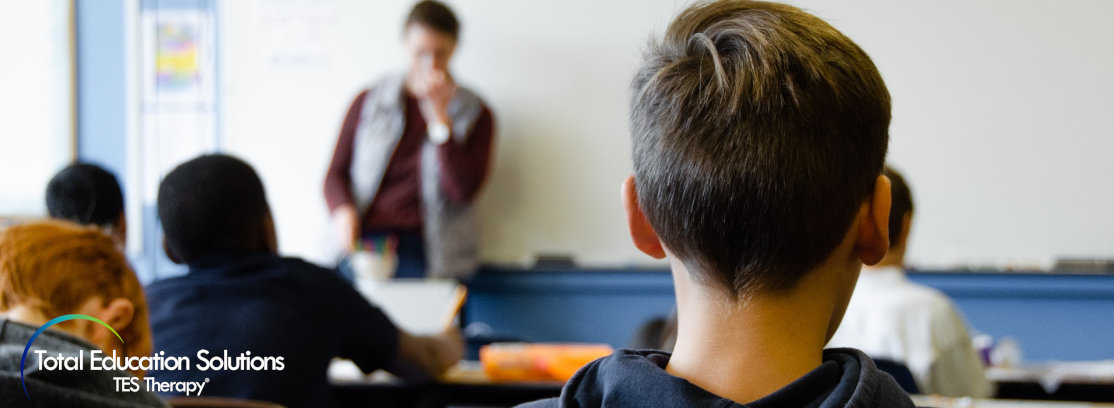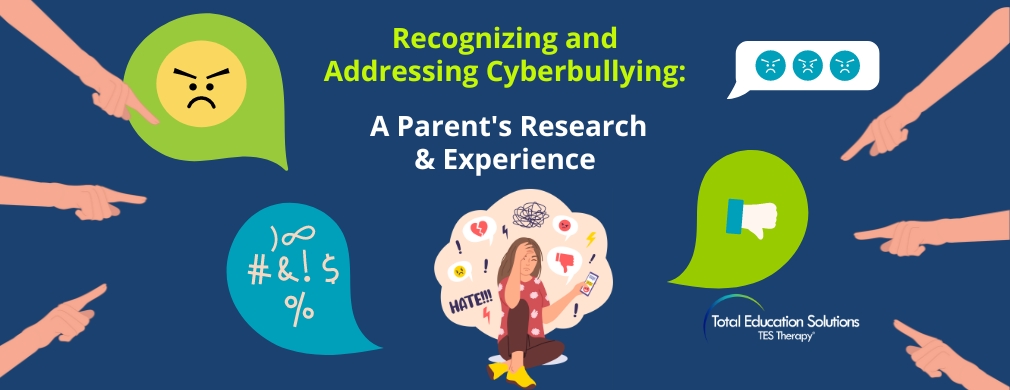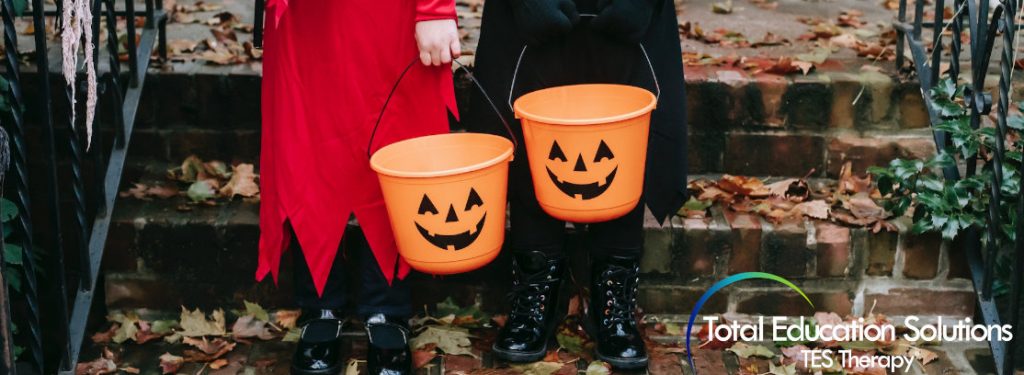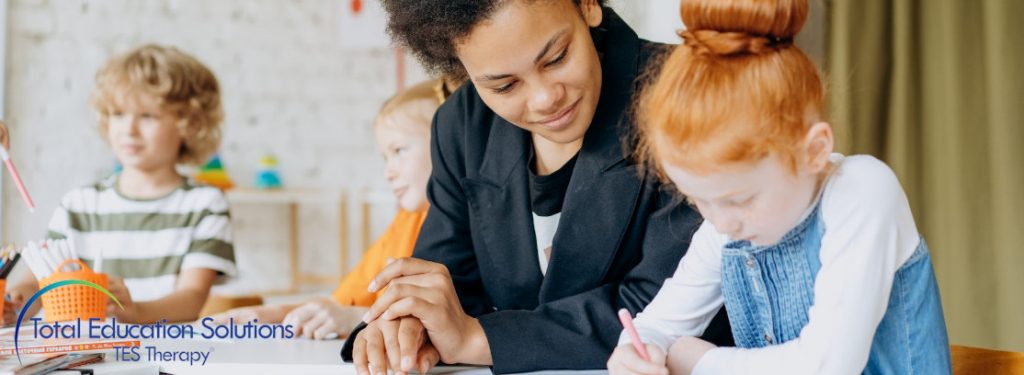Being a parent extends beyond simply giving birth or fathering a child. It includes protecting, providing for, and teaching kids how to successfully grow into independent individuals.
A large part of guiding your children is instilling the right values and behaviors that will help them make the right decisions in life. Many parents struggle with this task because they don’t always know how to communicate effectively with their kids, especially if they have mental disorders or disabilities.
Sometimes, no matter how hard you try, your children can learn the wrong actions or pick up bad habits. If these behaviors become extreme or turn into a daily disturbance, a behavior intervention plan can help. In this blog post, we will discuss what a behavior intervention plan is and how it may help your child and you.
What Is a Behavior Intervention Plan?
A behavior intervention plan (BIP) is an individualized plan that is designed to address a specific person’s behavioral problems. It is designed to help the individual learn appropriate communication and social skills in a school setting, with parents, and beyond. The plan is overseen by a behavior interventionist who comes up with the treatment plan and then works with the student, their parents, as well as their teachers on how to best implement the plan.
The BIP will identify the function of the behavior, replacement behaviors, and strategies for teaching the replacement behaviors.
It is important to note that a BIP is not a punishment. The purpose of a BIP is to teach the student more appropriate ways to get their needs met by carefully rewarding the desired behavior, also known as positive reinforcement.
Who Can Benefit From a Behavior Intervention Plan?
There are many situations in which behavioral support can be beneficial.
A BIP must be implemented if your child is subjected to disciplinary actions when their behavior is interfering with their education due to a disability.
Some of these disabilities include:
- Aggressive behavior
- ADHD
- Bipolar disorder,
- Disruptive classroom behavior,
- Fetal alcohol spectrum disorders.
You may also have to consider a BIP if your child exhibits behaviors that are physically harmful to themselves or others. Similarly, if CSE (Child Support Enforcement) is considering more restrictive programs as a result of the student’s behavior, then a BIP may be appropriate.
What is Included in a Behavior Intervention Plan?
Teaching students socially acceptable behavior is a long process that takes time and often includes as many steps forward as it does backward. A behavior intervention plan will include:
Goals
Before creating and executing a BIP, a child behavioral psychologist will develop specific, realistic goals for your child. The goals should be appropriate, achievable, observable, and measurable. Once the goals have been outlined, the next step is to measure and compare the difference in behaviors.
Intervention Strategies
Intervention strategies include the different ways in which you will work to change your child’s problem behavior. The most common way to do this is by recognizing, teaching, and reinforcing the desired behavior through positive reinforcement.
Monitoring Plan
As with any plan, it is important to monitor progress to ensure that it is working. The monitoring plan will outline how often you will check in on the plan and when to make necessary adjustments. The behavior interventionist works with a team that includes teachers, parents, and support staff to ensure that your plan remains effective and is suited to the student’s needs. As a parent, you will be in charge of evaluating and modifying the behavior as it happens at home.
It is important to remember that a BIP is not a quick fix. It takes time, effort, and consistency to see results. However, if you stick to the plan and work together with your child, it’s likely you will eventually see a desired behavior change.
Examples of a Behavior Intervention Plan
Now that we have gone over the basics of a behavior intervention plan, let’s take a look at a few examples.
Joe is a fifth-grade student who has been diagnosed with ADHD. He struggles to sit still in class and often disrupts the other students. As a result, he has been getting into trouble a lot lately.
Joe’s goals are to:
- Decrease the number of times he interrupts the class
- Increase the amount of time he spends on a task
- Raise his hand before speaking
The intervention strategies that will be used to help Joe reach his goals are:
- Providing a fidget toy for him to use during class
- Allowing him to take breaks every 20 minutes
- Praising him when he raises his hand
The BIP will also include a monitoring plan to track Joe’s progress. The team will meet every two weeks to review the data and make any necessary adjustments to the plan.
Here is a second example.
Sarah is a high school student who was recently diagnosed with anxiety. Her anxiety causes her to have panic attacks, and she often feels like she can’t breathe. As a result, she has been skipping class, and her grades have been suffering.
Sarah’s goals are to:
- Decrease the number of panic attacks she has
- Increase the amount of time she spends in class
- Improve her grades
The intervention strategies that can be used to help Sarah reach her goals are:
- Teaching her breathing exercises
- Allowing her to have a break from class when needed
- Praising her when she goes to class
The BIP will also include a monitoring plan to track Sarah’s progress. The team will meet once a week to modify Sarah’s behavior intervention plan to ensure that it changes as her behaviors improve or worsen.
Here’s the last example to help you understand the impact a behavior intervention plan has on kids.
John is a third-grader who has been diagnosed with autism. He has difficulty interacting with other students and often gets upset when things don’t go his way. As a result, he has been having meltdowns at school and home.
John’s goals are to:
- Increase the number of peers he talks to
- Decrease the number of meltdowns he has
- Learn to cope with frustration
The intervention strategies that can be used to help John reach his goals are:
- Teaching him social skills
- Allowing him to have a break when needed
- Helping him to understand and cope with frustration
Similar to the above examples, John’s BIP will also include a monitoring plan to track John’s progress. His team will adjust the intervention strategies as needed to ensure that John is making progress.
As you can see, a behavior intervention plan is a comprehensive and individualized approach to addressing problem behavior.
Who Creates a Behavior Intervention Plan?
A behavior intervention plan is created by a team of people who are knowledgeable about your child’s needs.
This team typically includes:
Clinical Social Worker
Your child’s clinical social worker is aware of your child’s strengths, weaknesses, and overall functioning. They can provide helpful insights into why certain behaviors are occurring and how to address them best.
Clinical Psychologist
A clinical psychologist is responsible for conducting evaluations of your child’s behavior psychology, functional behavioral assessments (FBA) and providing the necessary psychological and behavioral therapy to children. They can offer valuable insights into your child’s behavior and how to change it.
Board-Certified Behavior Analyst (BCBA)
A board-certified behavior analyst, BCBA is a professional who specializes in the design and implementation of behavior support. They are an invaluable resource when it comes to creating a plan that will be effective for your child.
Anyone Who Has Received Clinical Training in Behavioral Principles and Analysis
Anyone who has received clinical training in behavioral principles and analysis is qualified to create a behavior intervention plan. This includes people such as licensed counselors and licensed clinical social workers.
Creating a behavior intervention plan is a team effort that requires the input of people who are knowledgeable about your child’s needs. Once the negative behaviors are identified, the team can work together to develop a BIP that will address and replace them with more favorable behaviors.
How Will This Help My Child?
By implementing a behavior intervention plan, you are taking active steps to improve your child’s behavior. This will provide benefits in many areas of their life, such as:
Better Social Skills
Your child will learn how to interact with others in the home, school, or broader community, which can lead to improved relationships with family, friends, and neighbors and less social friction or fewer social problems.
Increased Independence
After completing a behavior intervention plan, your child will have the skills necessary to be more independent. This includes being able to acknowledge negative behaviors and work to stop them, which will lead to increased self-control and mastery of emotions.
Better Academic Performance
Your child’s improved behavior can lead to improved grades. For example, a child who is less disruptive in class will be able to focus more on their studies and learn the material better. Additionally, a child who completes their homework on time and turns it in regularly is more likely to get good grades.
Improved Communication Skills
Your child will learn how to communicate their needs appropriately. This includes being able to ask for help when needed and being able to express emotions without resorting to negative behavior.
Implementing a behavior intervention plan can have a positive impact on every area of your child’s life. When performed correctly, it can help your child learn how to behave appropriately in situations at home, school, and within their community.
Take Action Now and Change Your Child’s Future
If you’re struggling to deal with disruptive or harmful behavior from your child, know that you’re not alone. Many parents face similar challenges and seek out ways to change their children’s behavior for the better. A behavior intervention plan is an important tool that can help your child succeed in many areas of their life. By taking the time to create a BIP, you are committing to improving your child’s behavior.
If you think your child would benefit from behavior intervention services, please contact us today. Our team of skilled child psychologists can help you create a customized BIP that will address your child’s specific needs. We understand how difficult it can be to deal with challenging behavior, and we’re here to help.
Don’t hesitate to reach out to us if you think your child could benefit from a behavior intervention plan. The earlier you get started, the better the chance for success. And remember, you are not alone in this journey – there is help available. With the right support, your child can reach their full potential.


 14 Feb 2023
14 Feb 2023 







